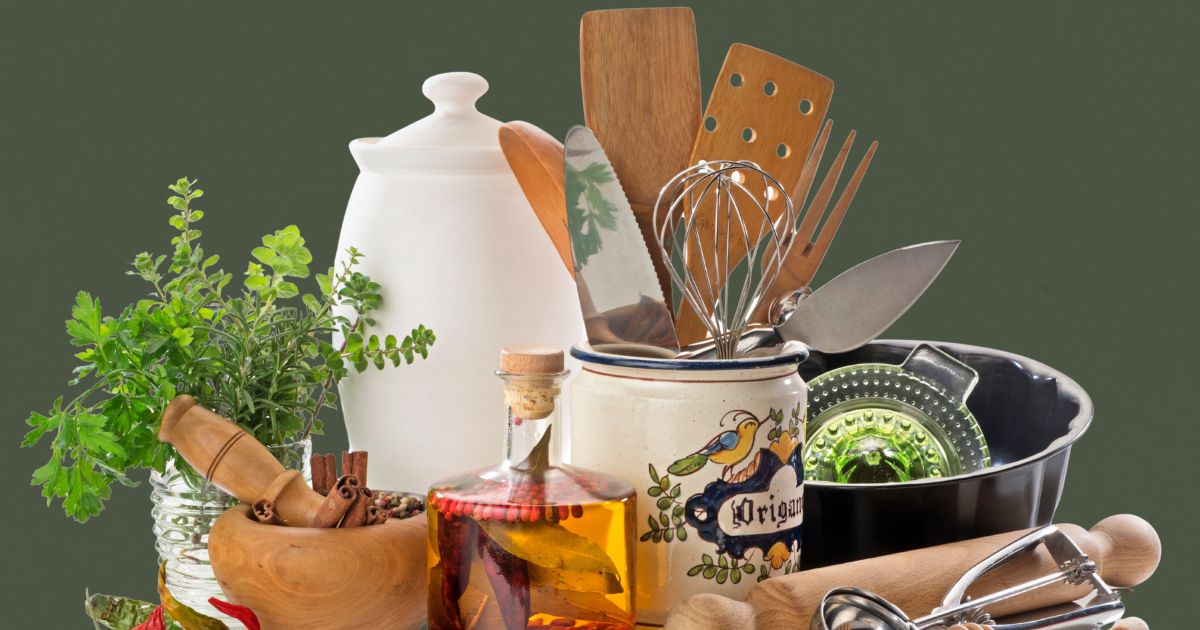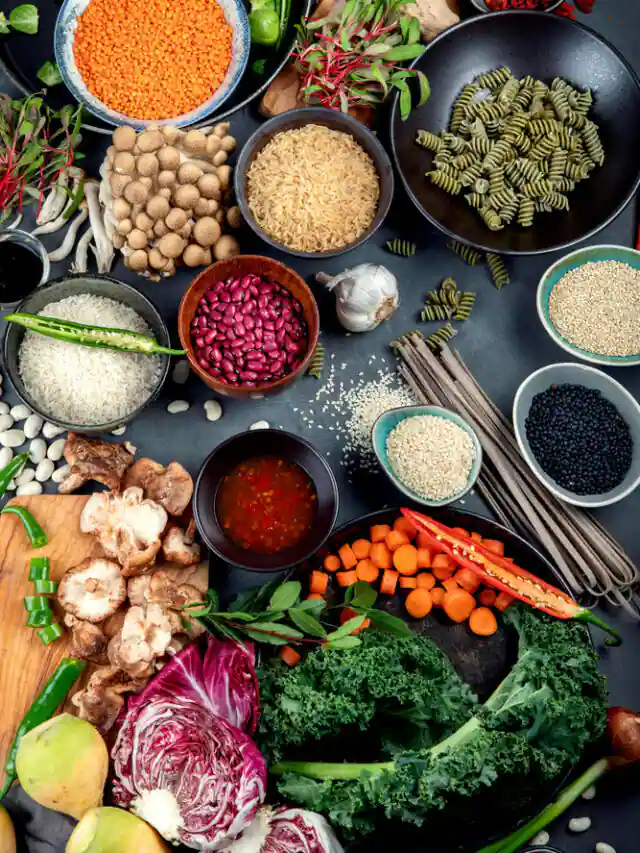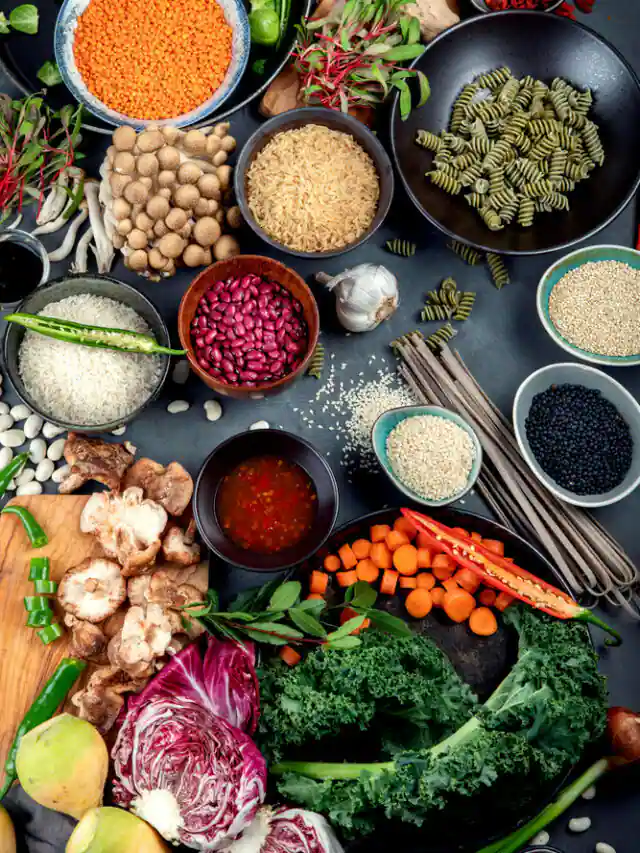A Kitchen for the Soul: More Than Just Four Walls
As a mother, a home maker, a chef, and someone deeply invested in well-being (and let’s not forget, a passionate foodie!), I’ve learned that the kitchen is the true heart of a home. It’s where nourishment begins, where family stories are shared, and where the simple act of preparing food becomes a mindful, almost therapeutic practice-a kind of kitchen yoga, if you will.
In today’s fast-paced world, the promise of a well-equipped kitchen often means a dizzying array of gadgets. But as a realist and a money management advocate, I’m here to tell you that you don’t need a counter-top clutter of single-use tools. Instead, the secret to a high-performing, efficient, and healthy kitchen lies in a select few essential, high-quality, and versatile tools that do 80% of the work.
This is not a generic list. This is a blueprint for building a kitchen that supports your health goals, respects your budget, and makes you genuinely look forward to cooking. We’re going beyond the basic “pots and pans” to examine the materials, the health impact, the longevity, and the sheer value of the top 10 must-have kitchen tools for 2025.
The Background: Quality Over Quantity-A Life Coach’s Perspective
The modern home cook faces a dilemma: a bombardment of new gadgets that promise to revolutionize cooking. But how many of these end up collecting dust in the back of a cabinet? Too many!
As your personal kitchen coach and expert in material quality, my philosophy is rooted in two principles: Functionality and Health.
- Functionality: An essential tool should be multi-purpose and save you significant time or effort on a daily basis. It should be a workhorse, not a pony.
- Health & Material Quality: The material your food touches matters immensely. Are you cooking on non-stick surfaces that could release harmful chemicals like PTFE when overheated? Are your plastic containers leaching BPA? As a doctor and nutritionist, I can’t stress this enough: the quality of your utensils directly impacts the quality of your health. We’ll prioritize materials like high-grade Stainless Steel (Surgical Grade 18/8 or 18/10), Cast Iron, and Quality Wood/Silicone for maximum safety and durability.
Let’s dive into the list that will transform your kitchen from cluttered chaos into a streamlined sanctuary.
Top 10 Must-Have Kitchen Tools for the Modern Home Cook
1. The Trinity of Knives: Chef’s Knife, Paring Knife, and Serrated Knife
If you only buy one high-quality item, make it your knife. A dull knife is not only slow and frustrating; it is dangerously unsafe. A sharp, balanced knife requires less force, giving you more control and greatly reducing the risk of slippage.
| Knife Type | Primary Function | Why Material Matters |
| Chef’s Knife (≈8−10 inches) | Chopping, slicing, dicing, mincing. The ultimate workhorse. | Look for High-Carbon Stainless Steel for superior edge retention and stain resistance. The full tang (blade running through the handle) ensures balance and strength. |
| Paring Knife (≈3.5 inches) | Detailed work: peeling, trimming, de-veining shrimp, hulling strawberries. | Essential for small, delicate tasks where a chef’s knife is too cumbersome. |
| Serrated Knife (≈10 inches) | Slicing soft items without crushing them: bread, tomatoes, citrus fruit, and roasted meats. | The serrations allow it to saw through tough crusts and soft interiors with minimal pressure. |
Chef’s Tip: Invest in a whetstone or a simple, quality manual sharpener. A knife is an investment that needs regular maintenance to remain a safe, effective tool.
2. The Unsung Hero: Quality Cutting Boards (A Set)
You need more than one, period. Cross-contamination is a silent saboteur of kitchen health.
- For Raw Protein (Meat/Fish): Use a designated plastic (Polyethylene) board. Why plastic? Because it can be safely sanitized in a dishwasher with high heat (above 170∘F) or with a bleach solution, effectively killing bacteria.
- For Produce/Cooked Food: Use a beautiful, knife-friendly wood (Maple, Teak, or Bamboo) or end-grain board. These are gentler on your blades and naturally more resistant to bacteria.
Health & Material Insight: Wood cutting boards should never go in the dishwasher. Maintain them with mineral oil to prevent drying, cracking, and warping. Always keep two distinct boards to maintain the highest levels of food safety.
3. The Power Duo: Heavy-Duty Cookware Essentials
Your daily cooking vessels should be reliable, non-reactive, and durable.
- 12-Inch Stainless Steel Skillet: The ultimate all-rounder. Stainless steel provides the best sear for meats and vegetables, is non-reactive (perfect for acidic sauces), and will literally last a lifetime. Look for Tri-Ply or 5-Ply construction (a layer of aluminum or copper sandwiched between stainless steel) for impeccable and even heat distribution.
- 4-Quart Saucepan (Stainless Steel with Lid): Essential for boiling pasta, simmering sauces, making rice, and poaching eggs.
- A Cast Iron Skillet or Dutch Oven: Unbeatable for heat retention, making it perfect for deep frying, searing steak, or baking bread. Once seasoned, it’s naturally non-stick and is a fantastic, non-toxic source of dietary iron that can leach into your food—a welcome nutrient boost, especially for women and vegetarians.
Money Management Tip: Skip the huge, expensive cookware sets. Start with these three high-quality pieces and add specialty items (like a wok or a Dutch oven) only as your culinary needs evolve.
4. The Precision Tool: Measuring Cups and Spoons
Baking is a science, and even day-to-day cooking benefits from accuracy. Eyeballing is fine for a seasoned chef, but for consistent, stress-free results, accurate measurement is key.
- Dry Measuring Cups (Stainless Steel): For flour, sugar, and dry ingredients. The stainless steel nested sets are durable and won’t stain or retain odors like plastic.
- Liquid Measuring Cups (Glass/Pyrex): The classic, heat-proof glass measuring jugs (1-cup, 2-cup, 4-cup sizes) allow you to easily read the meniscus for precise liquid measurements and are great for mixing sauces or warming liquids in the microwave.
- Measuring Spoons (Magnetic Stainless Steel Set): The magnetic sets are a genius life hack—they stick together for storage but separate easily for use, eliminating the clutter of rings.
5. The Multi-Tasker: Colander and Strainer Set
From draining pasta to rinsing fresh vegetables (a nutritionist’s non-negotiable step!), a good colander is fundamental.
- A Large, Stainless Steel Colander: Sturdy, dishwasher-safe, and non-reactive.
- Fine-Mesh Strainers (Set of 3 sizes): The true multi-tasker. Use the large one to rinse grains like quinoa or rice, the medium one for sifting flour/powdered sugar, and the small one for straining tea or separating seeds from fruit purées.
6. The Instant Expert: Instant-Read Digital Thermometer
This is the tool a home cook needs to graduate to chef status. You can’t tell if a chicken breast is safe to eat or if your bread is cooked through just by looking at it.
- Why it’s essential: It guarantees food safety (essential for a mother cooking for her family!) and ensures optimal texture and flavor. No more dry, overcooked poultry or leathery roasts.
- Uses: Checking the internal temperature of meats, determining the doneness of baked goods, tempering chocolate, and checking the temperature of hot oil for frying.
Health & Safety: For poultry, the internal temperature should reach 165∘F (74∘C). For beef/pork, reference a reliable temperature chart. The rapid, accurate reading of a digital thermometer removes all guesswork.
7. The Chef’s Hand: Heat-Safe Tongs and Spatulas
These are your extended, heat-proof hands in the kitchen.
- Locking Stainless Steel Tongs: Invest in a 12-inch pair with silicone tips. Tongs are essential for flipping, turning, serving, and grabbing hot items. The locking mechanism makes them easy to store.
- Silicone Spatulas/Scrapers (Set): Unlike old rubber, modern BPA-free silicone is heat-safe up to 500∘F or more. They are non-abrasive (perfect for non-stick or cast iron) and are ideal for scraping down mixing bowls, folding delicate ingredients, or scrambling eggs.
- The Fish Spatula/Turner: Thin, flexible stainless steel with a slotted, angled head. It slides effortlessly under delicate foods like fish, pancakes, or burgers without damaging them. It’s a game-changer!
8. The Energy Saver: Small But Mighty Appliances
While we aim for minimal clutter, a few modern electric tools earn their permanent counter space by saving significant time and energy.
- Immersion Blender (Stick Blender): A personal favorite. It allows you to blend hot soups directly in the pot, eliminating the mess and danger of transferring hot liquids to a traditional blender. Perfect for creamy pumpkin soup or smooth homemade sauces.
- Food Processor (Mid-Sized): For bulk prep—shredding cheese, making dough, puréeing large batches of pesto or hummus, and finely chopping vegetables. If you cook from scratch often, this is your time machine.
Life Style Blogger Note: Look for models with dishwasher-safe components to maintain a clean, organized kitchen aesthetic.
9. The Baking Essential: Mixing Bowls and Whisk
Even if you’re not a dedicated baker, a set of quality mixing bowls is constantly in use for prepping salads, marinating meat, or scrambling a quick omelet.
- Stainless Steel Mixing Bowls (Nested Set): Lightweight, virtually indestructible, easy to clean, and they nest perfectly for storage. They can also be used as a double boiler when set over a saucepan of simmering water.
- Balloon Whisk: Far superior to a fork for aeration. Essential for whipping cream, beating eggs into a fluffy omelet, or making a perfectly emulsified vinaigrette.
10. The Smart Gadget: Microplane Zester/Grater
Often overlooked, the Microplane is a simple yet powerful tool that adds a professional, vibrant finish to any dish.
- Function: It creates a super-fine texture. It’s perfect for zesting citrus (getting just the flavorful oil without the bitter white pith), grating fresh ginger or nutmeg, or turning a block of Parmesan cheese into a snowy finish for pasta.
- Foodie Benefit: Zest is where the essential oils of citrus reside. Using a Microplane to finish a dish with lemon or lime zest is a simple trick to dramatically elevate its aroma and flavor profile without adding extra salt or sugar.
The Yoga of the Kitchen: From Clutter to Calm
A well-equipped kitchen is not a matter of budget; it is a matter of mindful selection.
As your personal Life Coach, I urge you to look at your kitchen tools as extensions of your self-care. When you invest in a quality chef’s knife, you’re not just buying a tool; you’re investing in faster, safer, and more enjoyable meal prep. When you choose a stainless steel pot over a questionable non-stick one, you are making a commitment to the long-term health of yourself and your family.
This list is designed to provide maximum utility with minimal footprint, a reflection of a balanced lifestyle:
- Health: Prioritizing non-toxic materials (Cast Iron, Stainless Steel, Glass, BPA-Free Silicone).
- Money Management: Focusing on durable, multi-functional tools that won’t require constant replacement.
- Efficiency: Streamlining your prep to get healthy food on the table faster.
By focusing on these 10 essentials, you strip away the noise and the gadgets, leaving behind only the most effective instruments to help you perform your daily kitchen ritual with grace, precision, and joy.
Ready to elevate your cooking experience?
Do you have any specific tools from this list you’d like me to review in more depth, perhaps comparing the different material options like Stainless Steel versus Non-Stick, or would you like to explore recipes that maximize the use of one of these essential items?








